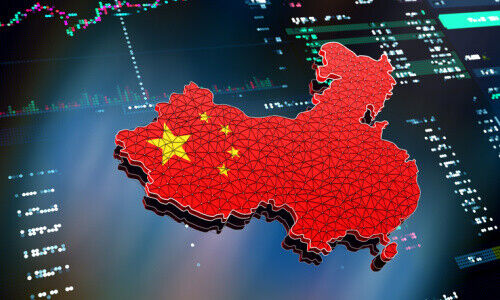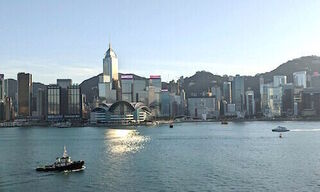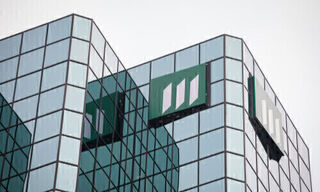When it comes to market capitalization levels, three Swiss companies are more than equal to those on the mainland and ahead of practically everyone else – except in finance.
In these days of existential hand-wringing about UBS’s forced takeover of Credit Suisse, finews.asia much included, certain truths seem to be getting forgotten. One of those is that Swiss banks are not necessarily as big on the international stage as many of us would like to believe.
In fact, according to data released earlier this week by Visual Capitalist, finance is a virtual no-show, paling in comparison to the likes of Nestle (market cap: $319 billion), Roche ($241 billion) and Novartis ($216 billion).
Although this is nothing new per se, what is so pleasantly surprising is that the main Swiss multinationals continue to put on such a rock-hard showing far into the second decade of the 21st century given the changes, turbulence, and plain geopolitics we have been seeing, particularly in recent years. Not to mention the long list of now-forgotten Fortune 500 entries as well as China morphing into the world’s second-largest economy and the tectonic shifts in business and markets prompted by its rise.
More than Equal
The three Swiss companies make up 6 percent of the total market cap of the top 50 companies worldwide based on data as of the 16th of August. As a country, it is equal to China and France and significantly ahead of everyone else (and, yes, we are intentionally ignoring the US, which comes in first by a long shot, at least for the purpose of this comment).
In other words, and grossly simplified, a small alpine country of slightly under 9 million people pitted against more than 1.4 billion mainlanders and almost 68 million French citizens and residents.
That same goes for the rest of Europe - the UK, Denmark, and the Netherlands. The three Swiss companies are also worth more than any and all publicly listed chipmakers in Taiwan. Unbelievably, they also count for more than South Korea or Japan, leaving the likes of a Samsung or Toyota in a pile of market-making dust.
Holding On
So what lessons do these three have for a somewhat browbeaten Swiss finance sector?
Well, Sandoz and Ciba-Geigy merged into Novartis in 1997, becoming a pharmaceutical pure play after spinning off the chemicals businesses into Clariant and the former Ciba specialty chemicals. Despite the tremendous ructions that prompted at the time, the company has somehow managed to keep its world-leading market cap.
Nestle is renowned for its acquisitive nature and ability to get rid of unprofitable businesses in a disciplined fashion, as it did in the 1980s and 1990s. Roche was prescient enough to get into biotech as early as 1980 by working with San Francisco’s Genentech, which it eventually acquired.
Wasted Opportunity
All three companies provide potentially instructive lessons for the future UBS as it embarks on the difficult job of painstakingly integrating Credit Suisse. The one lesson it should not follow, however, is that of the former Union Bank of Switzerland merging («Wall Street Journal», paywall) with Swiss Bank Corp in 1997. Although largely seen as a successful integration in hindsight, it wasn’t from the point of view of market cap.
At the time, according to some, it was the second-largest bank in the world behind Bank of Tokyo-Mitsubishi. For market cap, certain statistics say it came in at around 7th (source: «Euromoney»). Whatever the truth is, it is certainly not the case now on both counts.
What does that mean? Winston Churchill is credited for the oft-used quote, «never let a good crisis go to waste». For UBS - the lesson might be that it shouldn’t let a good merger go to waste. At least not a second time.






















